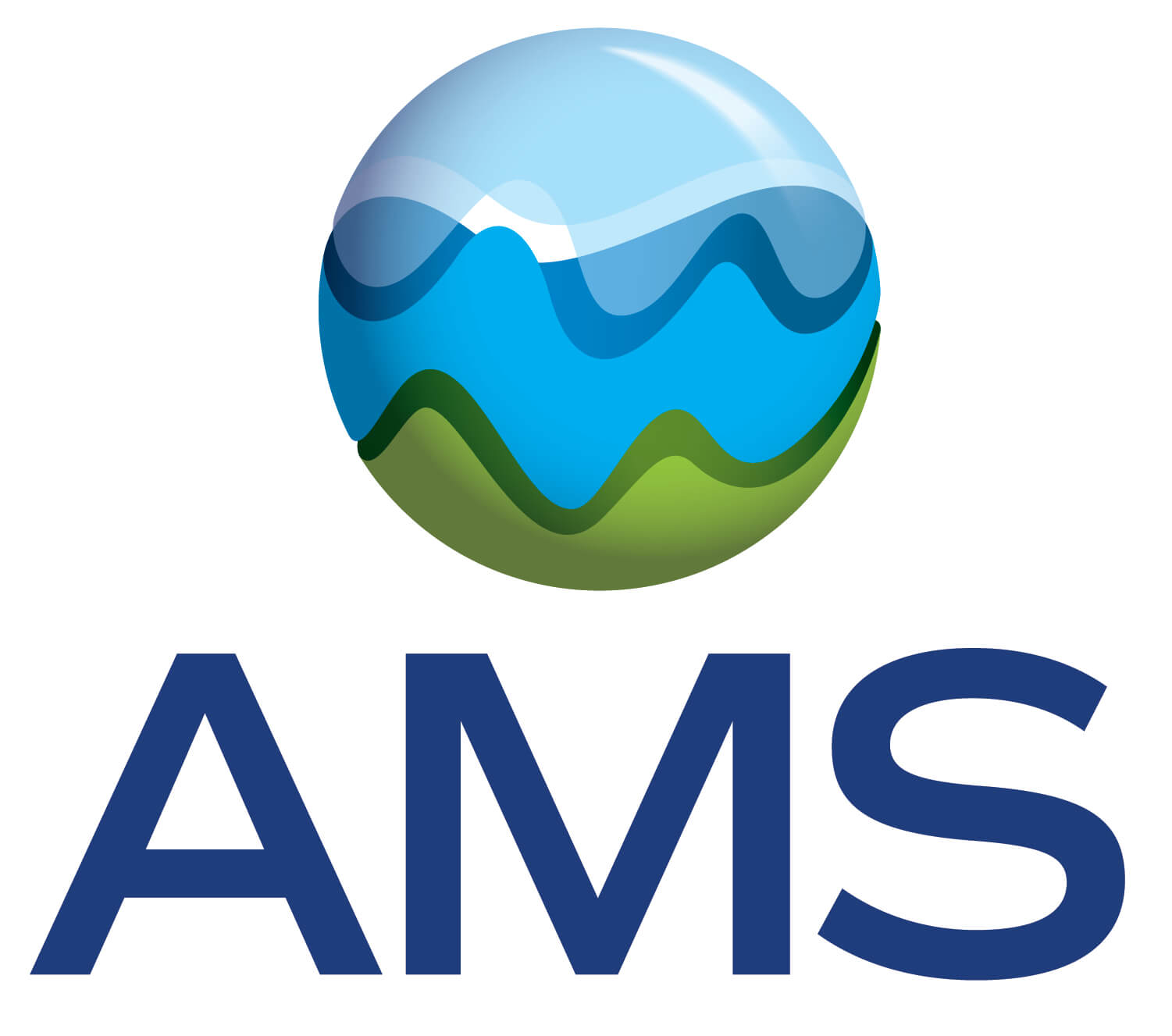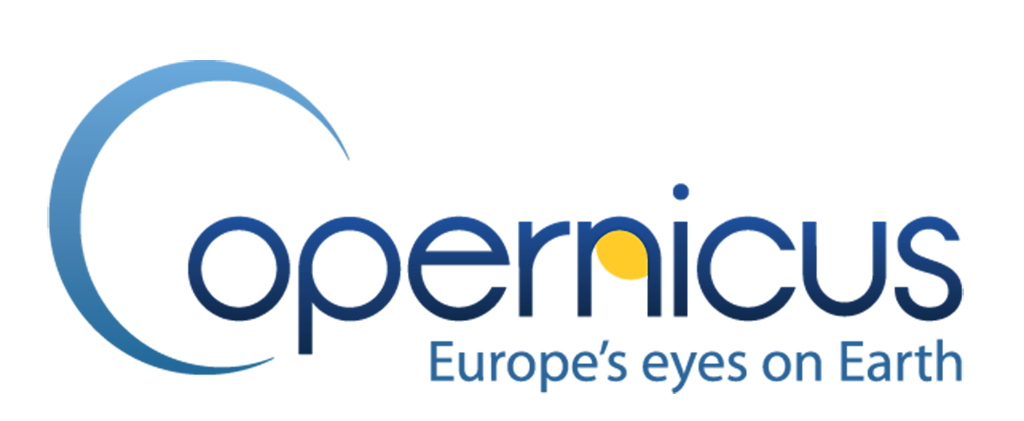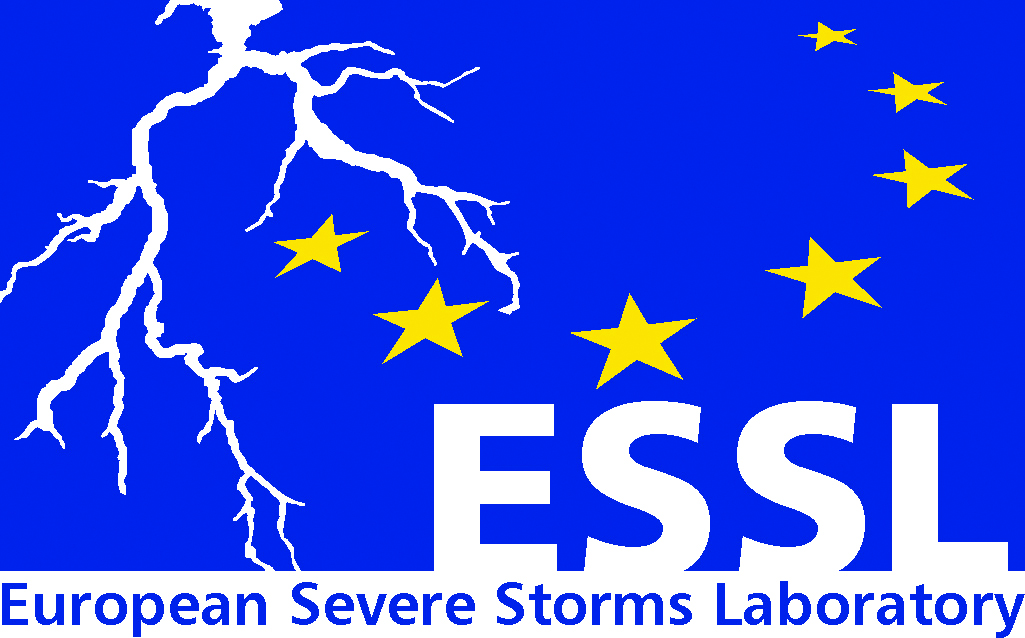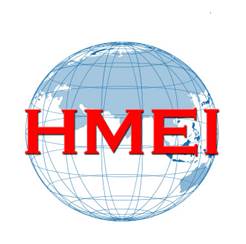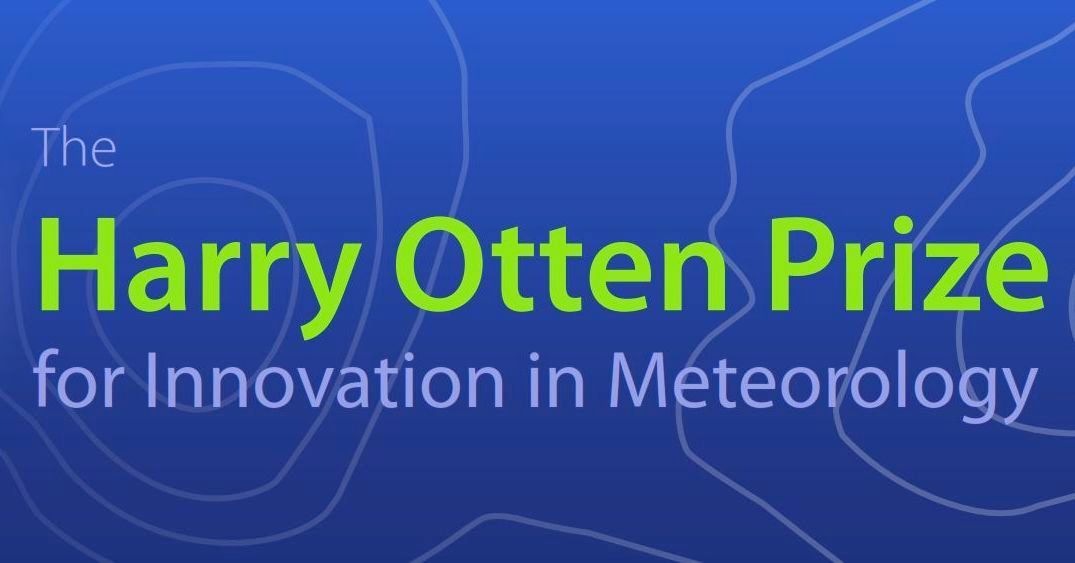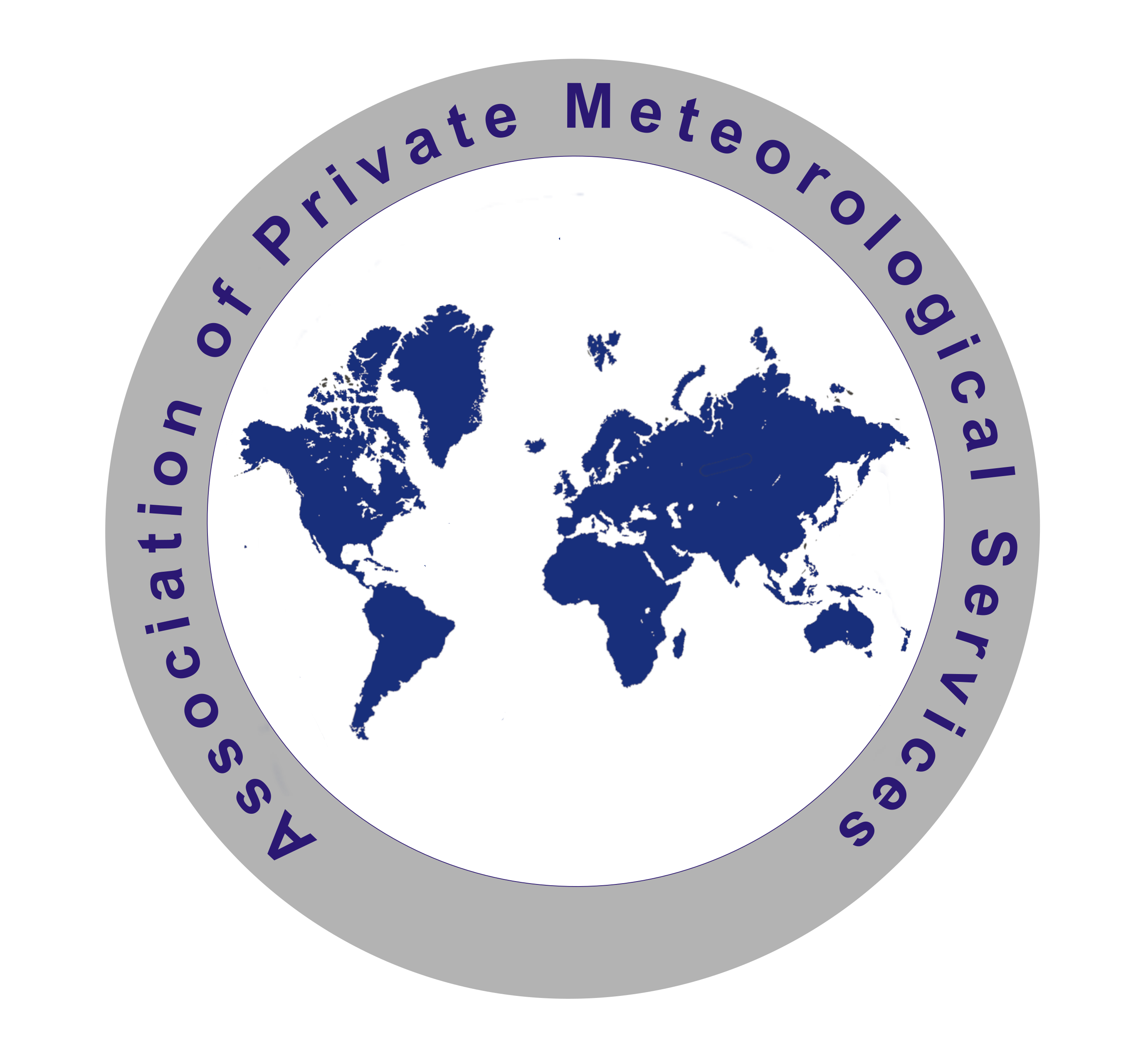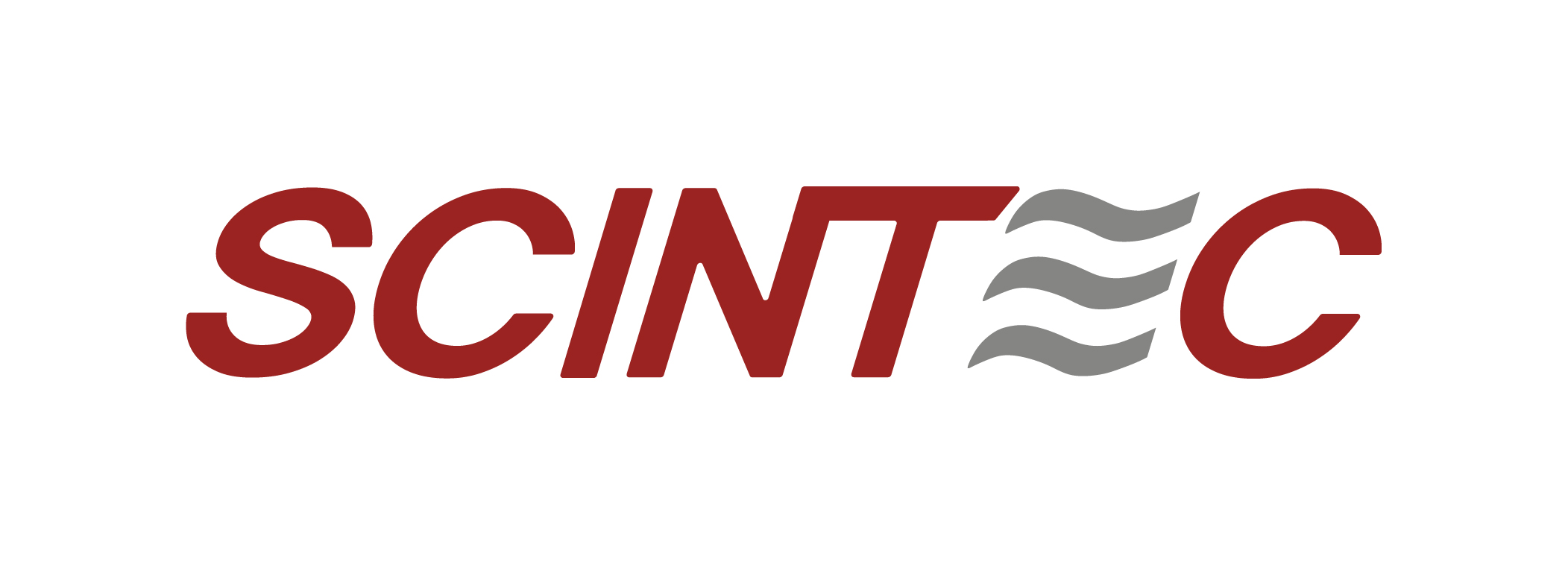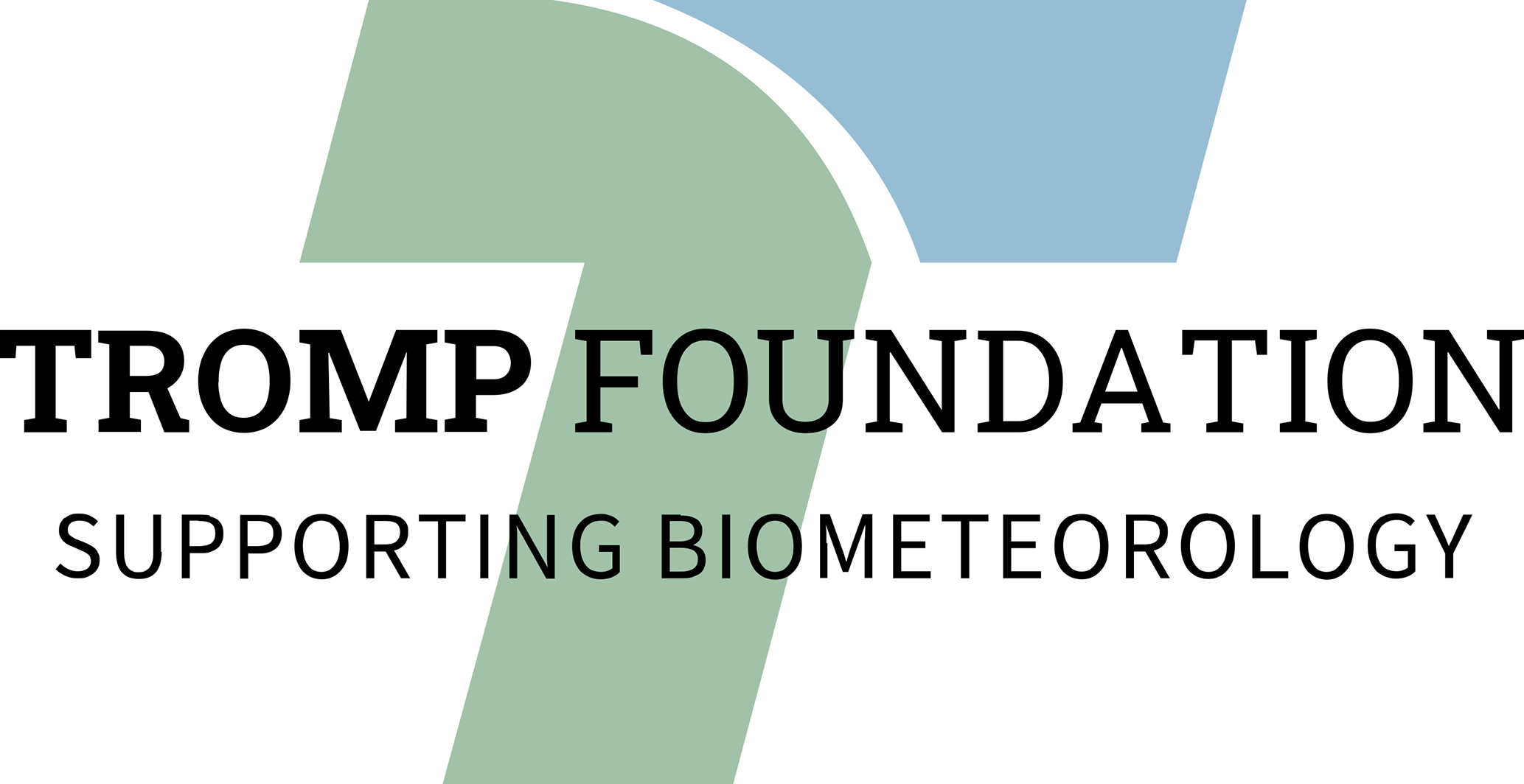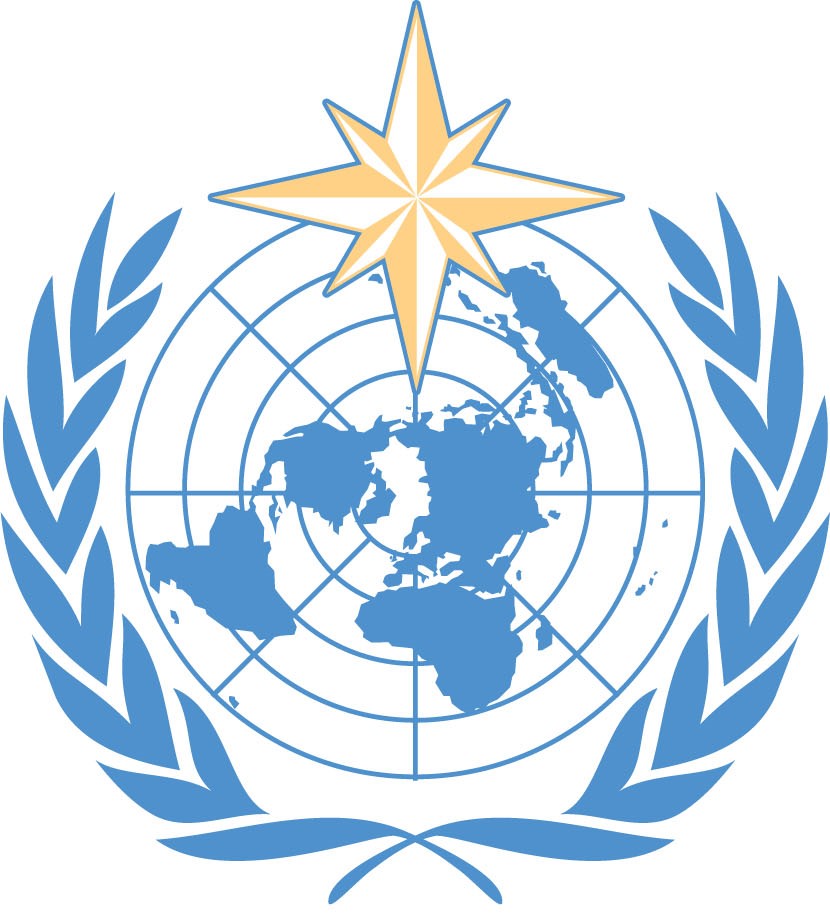Aaron Boone, Joaquim Bellvert, Martin Best, Jennifer Brooke, Guylaine Canut-Rocafort, Joan Cuxart, Oscar Hartogensis, Patrick Le Moigne, Mary Rose Mangan, Belén Martí, Josep Ramon Miró, Jan Polcher, Jeremy Price, Pere Quintana Seguí, and Daniel Villagrassa
Understanding the impact of human activities on the terrestrial hydrological cycle and water resources is crucial for sustainable management, particularly in regions like the Mediterranean basin which is facing increasing challenges owing to climate change. The international Global Energy and Water Exchanges (GEWEX)-supported Land surface Interactions with the Atmosphere over the Iberian Semi-arid Environment (LIAISE) project seeks to enhance comprehension of land-atmosphere-hydrology interactions in semi-arid regions characterized by diverse surface heterogeneity. Situated in the Ebro basin of northeastern Spain, the study area exhibits a pronounced contrast between extensively irrigated regions and natural landscapes. Somewhat limited observations have hindered understanding of anthropogenic influences and their representation in models. Recently, advancements in land surface and atmospheric observation capabilities, the representation of irrigation in models, coupled with expanding irrigated surfaces, have further enhanced need for dedicated field campaigns in contrasting climate regions. Given the economic importance of expanding irrigated areas, coupled with projections of significant warming and drying in many such regions, accurate prediction of regional water cycle changes is imperative. This presentation provides a succinct overview of LIAISE's intensive field campaign and an overview of key results obtained thus far. This research underscores the potential impact of irrigation on local atmospheric boundary layer dynamics, affecting near-surface atmospheric conditions. In addition, central to effective water resource management is the accurate estimation of water use efficiency, which hinges on precise quantification of evapotranspiration (ET). An improved understanding of ET processes caters to diverse research interests ranging from Earth system modeling to practical hydrological and agricultural applications like reservoir management and crop irrigation. A summary of ongoing studies and prospectives for planned future LIAISE community projects will be given.

